If you liked these characters as a kid, you’re queer now
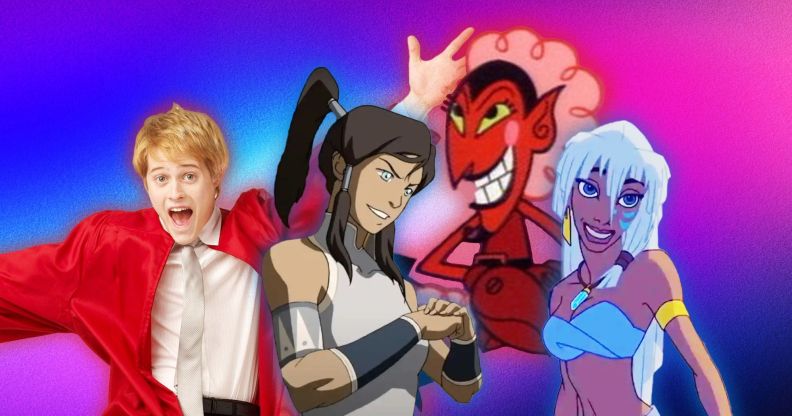
We’ve pulled together a list of characters that if you liked as a kid, you’re probably queer now. (Disney/Nickelodeon/Cartoon Network)
As queer kids, we often did not have the language to express the thoughts and feelings we were having about our gender and sexuality when we were growing up.
Only looking back on it years later, many people can now see how the characters they loved as children reflected their identities and maybe even helped them question some things about themselves. In the early 2000s in particular, there were a wide raft of queer-coded characters which resonated with LGBTQ+ youngsters, even if these characters were not explicitly queer.
We’ve pulled together a list of characters that if you liked, you’re probably gay now.
Shego, Kim Possible
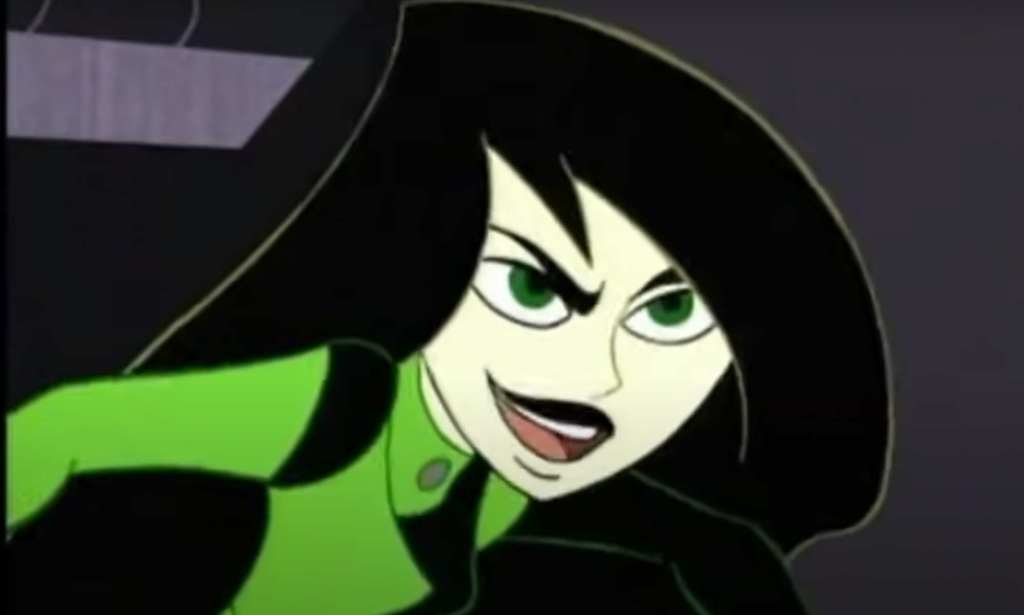
Iconic Disney animation Kim Possible hit screens back in 2002 and queer girls were never the same again after their introduction to goth girl icon Shego.
Shego was a hot-tempered, superpowered villain who donned a rather epic green and black catsuit and worked for Kim’s arch-nemesis Dr. Drakken. She was responsible for some of the best put downs and insults in the series, often at her boss’s expense. In the early 2000s, she didn’t just read the room but opened the whole damn library.
Most episodes saw her go head-to-head with Team Possible as they attempted to foil another one of Dr. Drakken’s evil schemes, with elaborate fights scenes between her and Kim. For the baby gays watching, seeing Shego and Kim throw hands unlocked some super gay thoughts, and that’s before we even talk about this scene.
Morgana, Merlin
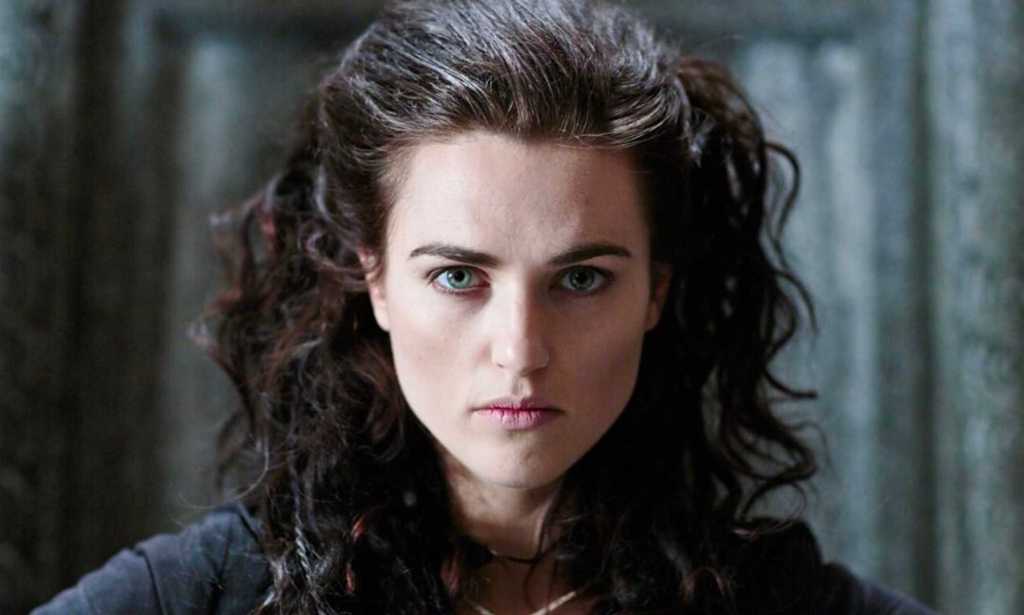
Katie McGrath has had the sapphics in a chokehold for more than a decade now, playing fan favourite Lena Luthor in Supergirl (SuperCorp anyone?), bisexual lead Saskia De Merindol in Secret Bridesmaids’ Business, a closeted lesbian version of Lucy Westenra in Dracula and an openly gay woman who smooched Gemma Chan in miniseries Dates.
But for many it all started when she played Morgana in hit BBC series Merlin.
During its 2008 to 2012 run, the series became particularly popular with LGBTQ+ fans who shipped main character Merlin with King Arthur (to date, the FanFiction.net page for Merlin has 23,000 works).
“In the show magic is banned and for many LGBTQ+ people magic became an allegory for queerness since it was something the magic-wielding folk in the show had to hide about themselves. Morgana is a witch and goes through a whole arc of discovering her magic, being terrified of it and trying to find a community that accepts her,” one fan told PinkNews.
“Also for the time, she fell right into the queer villain trope (she is is a villain by the end of the show), but many sapphics were just in love with her badass, witchy gothic vibes – her clothing and attitude were very queer coded. She never really had any male love interests in the show but formed very intense relationships with some of the women.”
HIM, The Powerpuff Girls
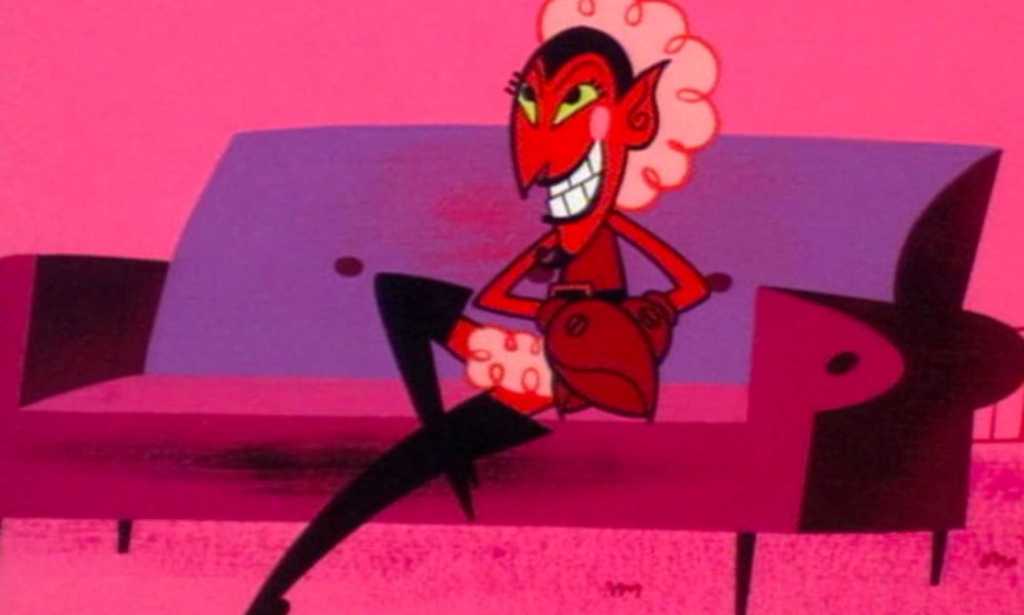
A super evil demonic force who defined convention, HIM was the LGBTQ+ moment.
The sinister demon had a beard and wore make-up, could always be seen in thigh-high black boots, a pink neck frill and tutu and had a voice which shifted from an echoey, feminine tone to deeply masculine.
To put it simply, HIM was a lot of kids introduction to gender-fluidity.
“A mixture of a sexy Mrs. Claus, a dominatrix, and a ballerina, if Him is the devil, [then] he traces from the same genealogy of sugar, spice and everything nice (plus some secret ingredient) that the Girls do. In this way, rather than being merely a villain counter-point to the [Powerpuff Girls], Him expresses an integral transgender feminism that invokes the multiplicity and creative possibilities for gender,” one trans blogger wrote.
Megara, Hercules
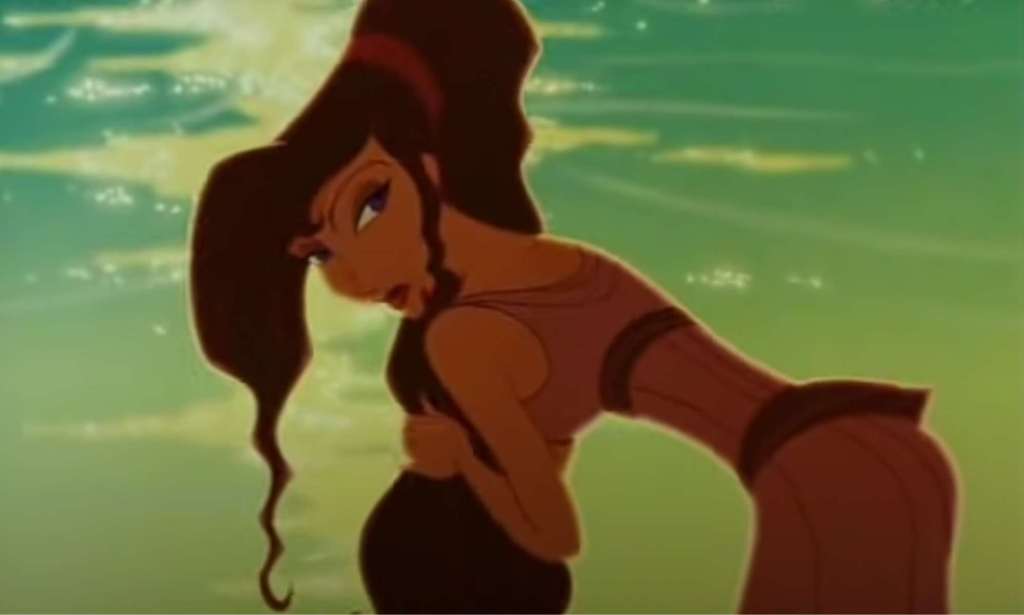
Disney’s Hercules really did give the girlies and the gays everything. A loveable himbo in the form of Hercules and anti-damsel-in-distress, queen of the roast and IDGAF-icon: Megara.
Much like Shego mentioned earlier on this list, Meg had the apathetic, edgy girl thing down to a T and we ate it up. Plus the lyrics to the absolute banger that is “I Won’t Say (I’m In Love)” could be argued to be super queer-coded.
One person told PinkNews that as a kid it should have been obvious they were bisexual because she was “equally infatuated with Hercules and Megara”.
In an op-ed for Vice, Jill Gutowitz wrote of Meg that she “made me itchy and uncomfortable in ways I couldn’t understand then, but are clear as day now – I was into her”.
Ryan, High School Musical
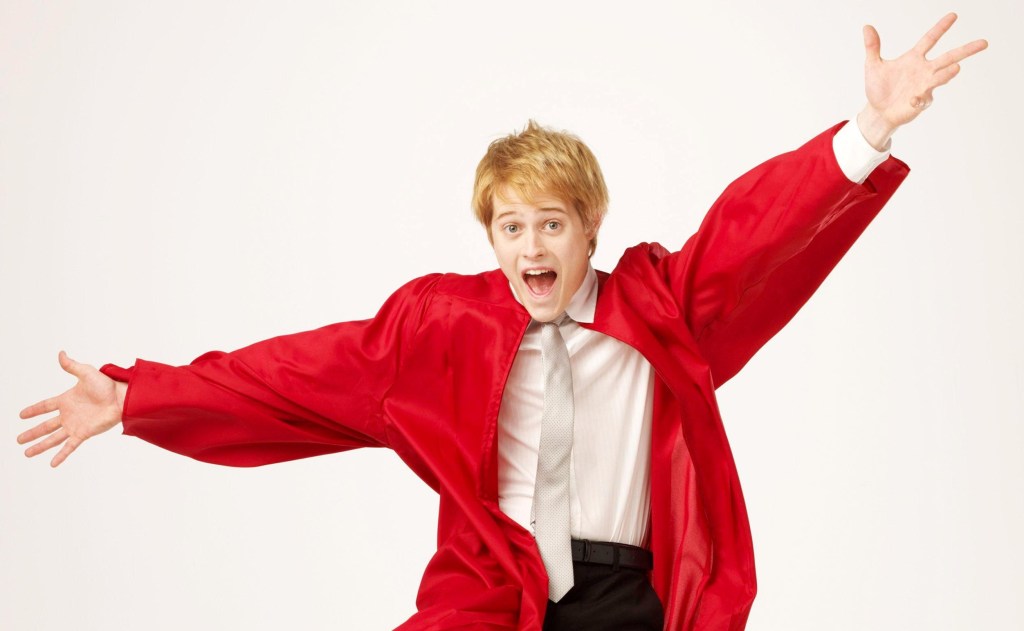
LGBTQ+ representation has been slowly increasing in Disney productions in recent years, such as queer characters appearing in Elemental and The Owl House, but way back in 2008, Ryan Evans are arguably one of Disney’s most prominent gay-coded characters.
Although he was not out in the original movies, to young queer kids Ryan represented someone who was unashamed of who he was: dressing how he liked and taking part in the musicals he loved regardless of what other people thought of him. For kids in the closet, that is a powerful thing to see.
In 2020, High School Musical creator Kenny Ortega said he did not make Ryan openly gay because he did not feel Disney was “ready”.
He said: “I have to be honest with you. I didn’t think at the time – and Disney is the most progressive group of people I’ve ever worked with … I was concerned because it was family and kids, that Disney might not be ready to cross that line and move into that territory yet.
“So, I just took it upon myself to make choices that I felt that those who were watching would grab. They would see it, they would feel it, they would know it and they would identify with it. And that is what happened.”
However, fast forward three years and Ryan finally got the justice he deserved when Disney+’s High School Musical spin-off series officially confirmed he is gay and introduced his partner
Korra, The Legend of Korra
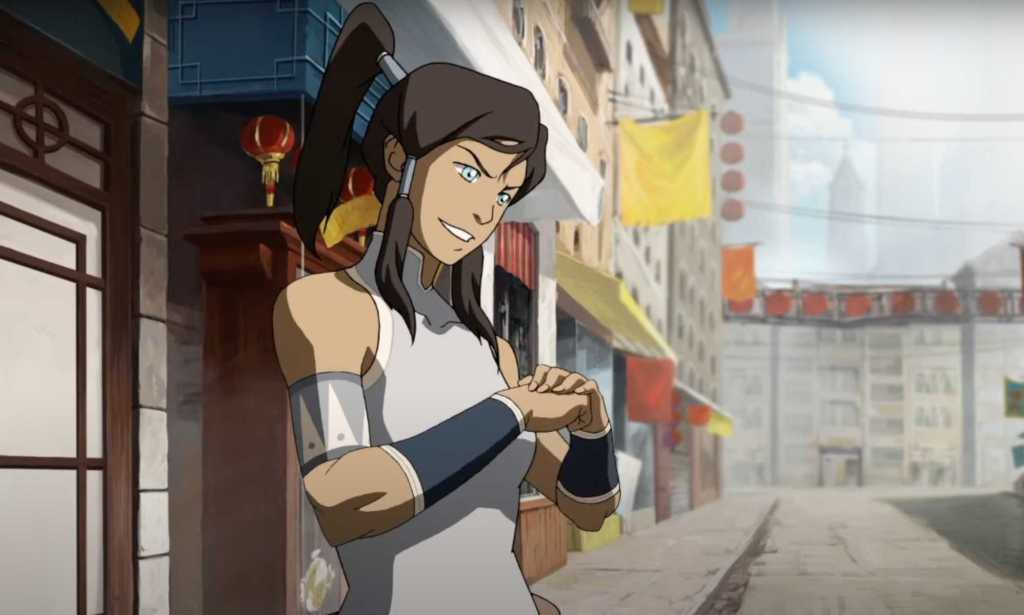
Arms.
I will simply not elaborate further.
Princess ‘Kida’ Kidagakash, Atlantis: The Lost Empire
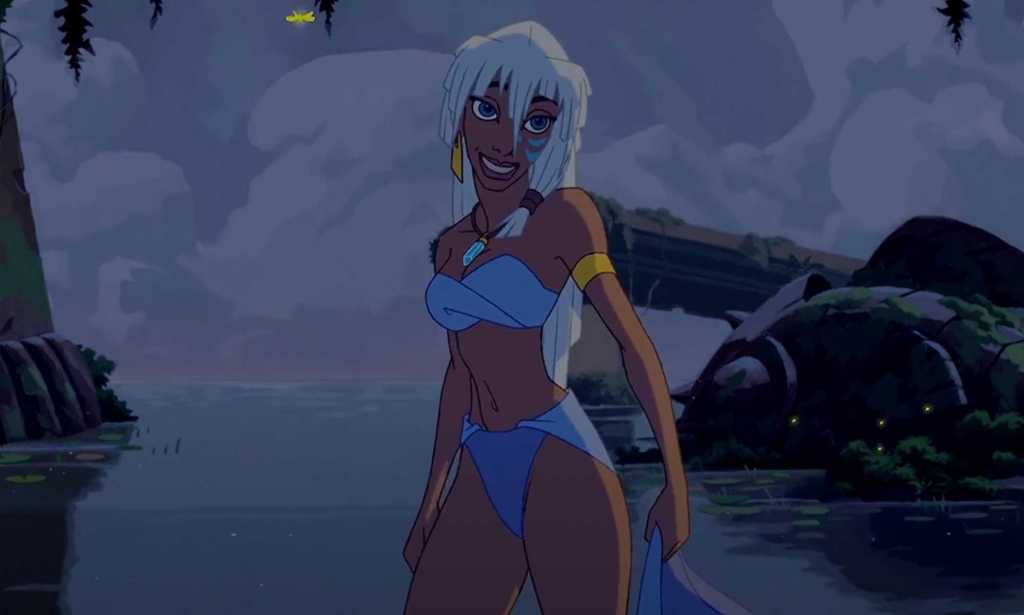
Atlantis: The Lost Empire is a criminally underrated Disney film (a topic which deserves an article on its own) and it also has major WLW energy.
The film features every type of gay presentation, so much so that even the main heterosexual, male character Milo has LGBTQ+ vibes, possibly because of his curtain bangs, but that is how gay this film is without it actually being gay.
From Lieutenant Helga Katrina Sinclair – who gives off top-of-the-corporate-ladder-turned-secret-dominatrix gay vibes – to lovable butch mechanic Audrey Rocio Ramirez and Princess Kida who like all good queers, wears a crystal necklace.
Much has been written about Atlantis: The Lost Empire and its LGBTQ+ vibes, with one a brilliant Reddit thread posted on r/actuallesbians discussing the film’s female characters and which one people had a crush on in their youth.
The responses show that the film was a near universal a point of connection and representation for queer kids in the 2000s.
“Bold of you to assume it was only one of them,” one user replied.
“Seeing Kida turn into a being of pure crystal magic did a number on me as a 12 year old,” another said.
“This movie was really trying to awaken some s**t,” a third wrote.
Goku, Dragon Ball Z
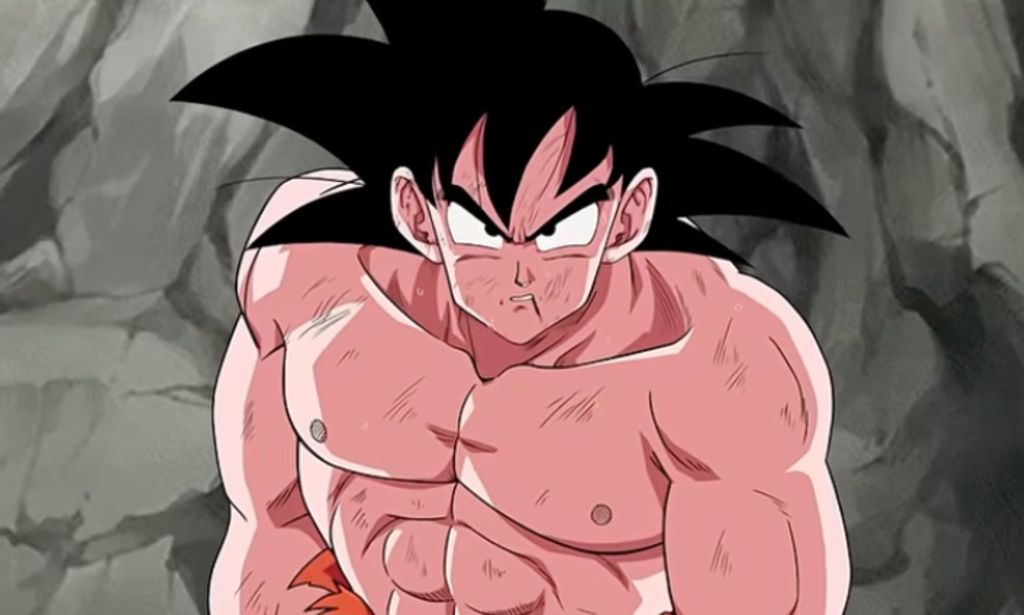
If you watched anime in the 90s, you definitely watched Dragon Ball Z and – as a number of gay guys have attested to – Goku made them feel some things.
Ripped shirtless men fighting each other until they are sweaty and bruised is … homoerotic to say the least.
“My attraction to Goku should’ve tipped me off that I was gay. When I was young I would watch Dragon Ball Z literally just for shirtless Goku. I didn’t even like the show, I literally only watched for super saiyan Goku,” one Reddit user said in a thread about which characters made men realise they were attracted to men.
He continued: “Also, sometimes I would be flipping through channels on the TV and would come across bodybuilding competitions, and I’d lay on the couch with my hands over my eyes pretending I didn’t like watching these nearly naked muscle men (I was like eight) but really I was peaking through my fingers haha.”
How did this story make you feel?

